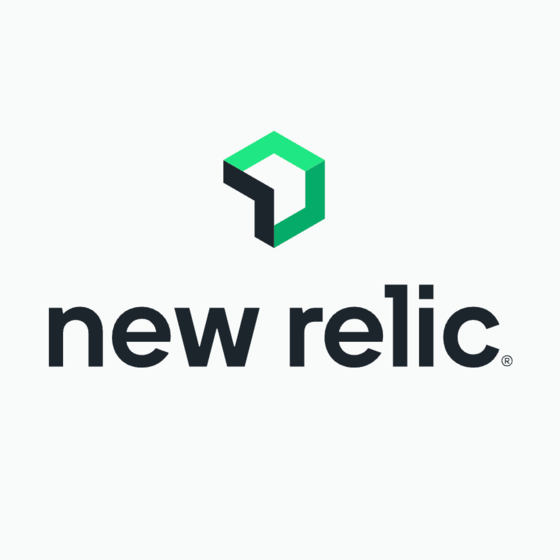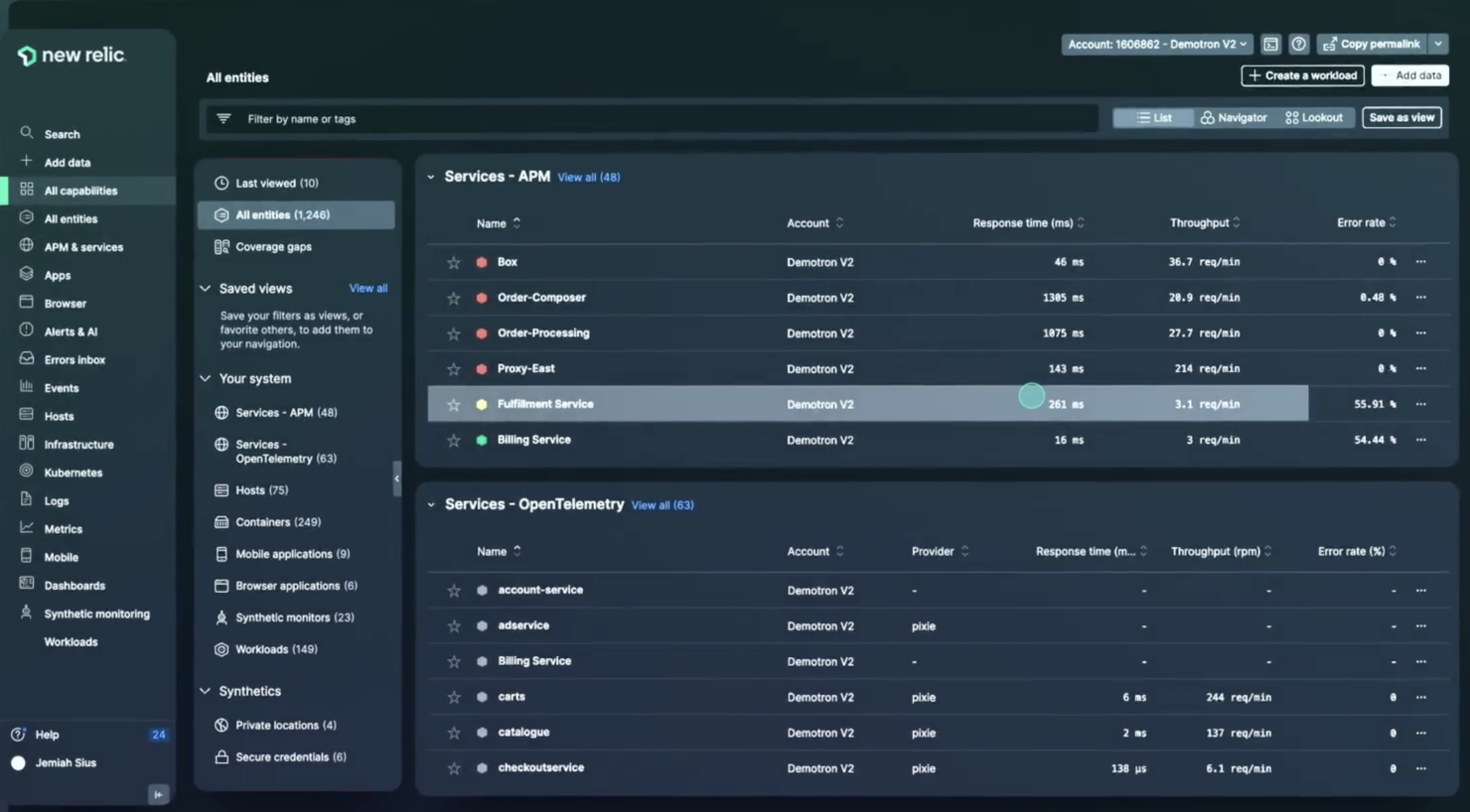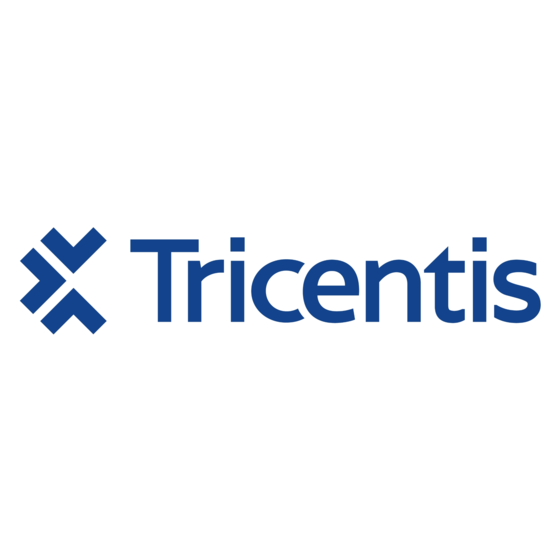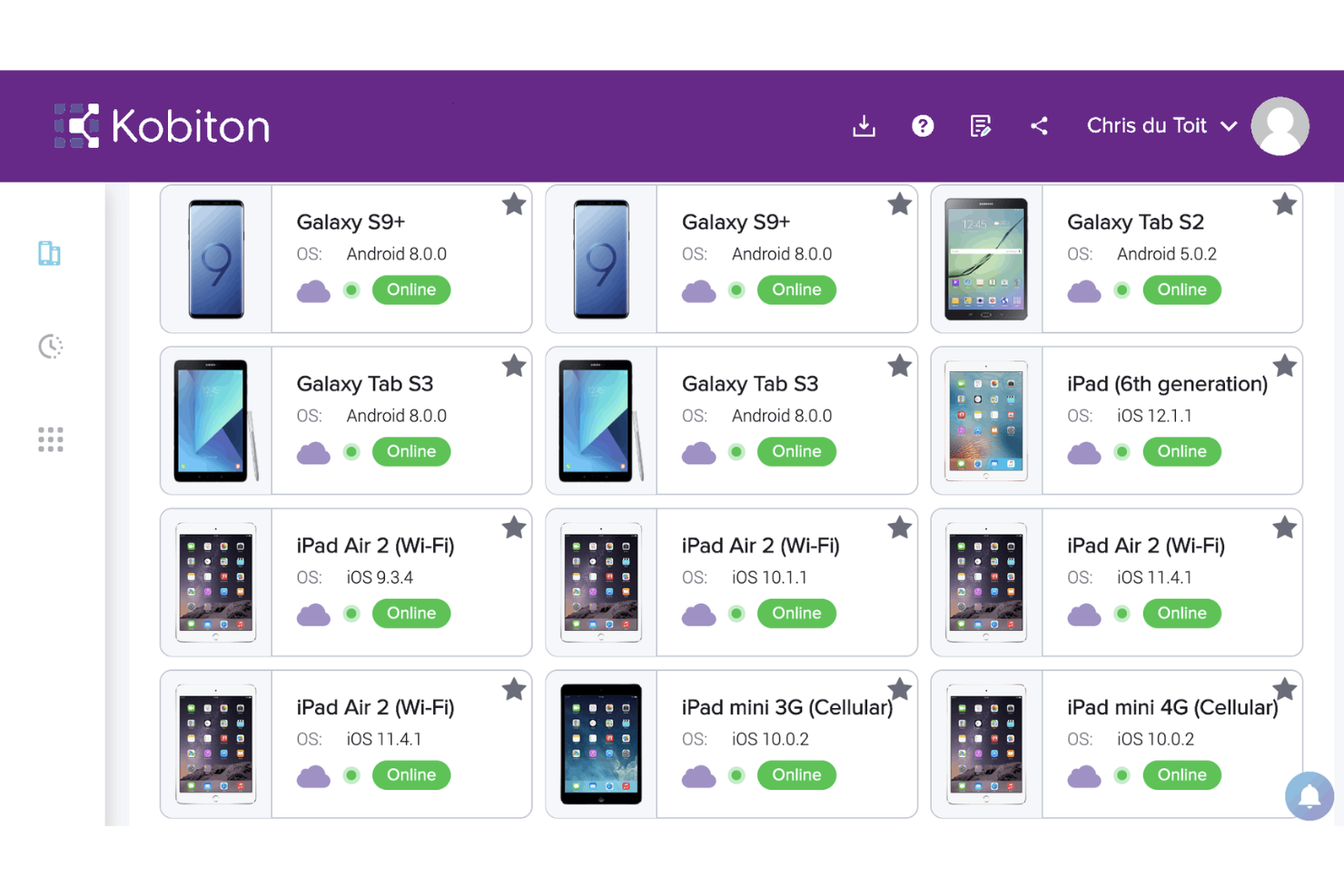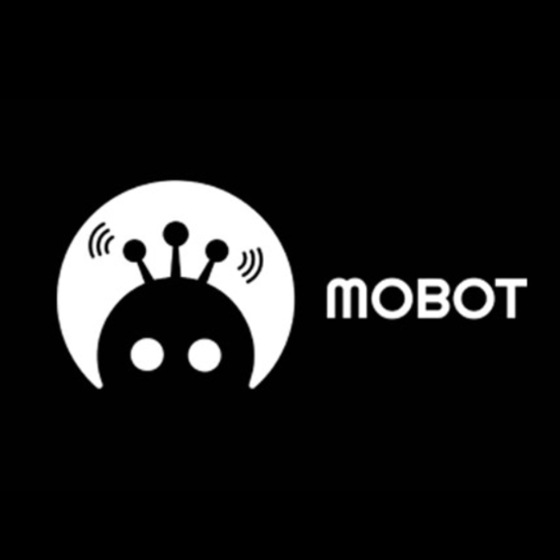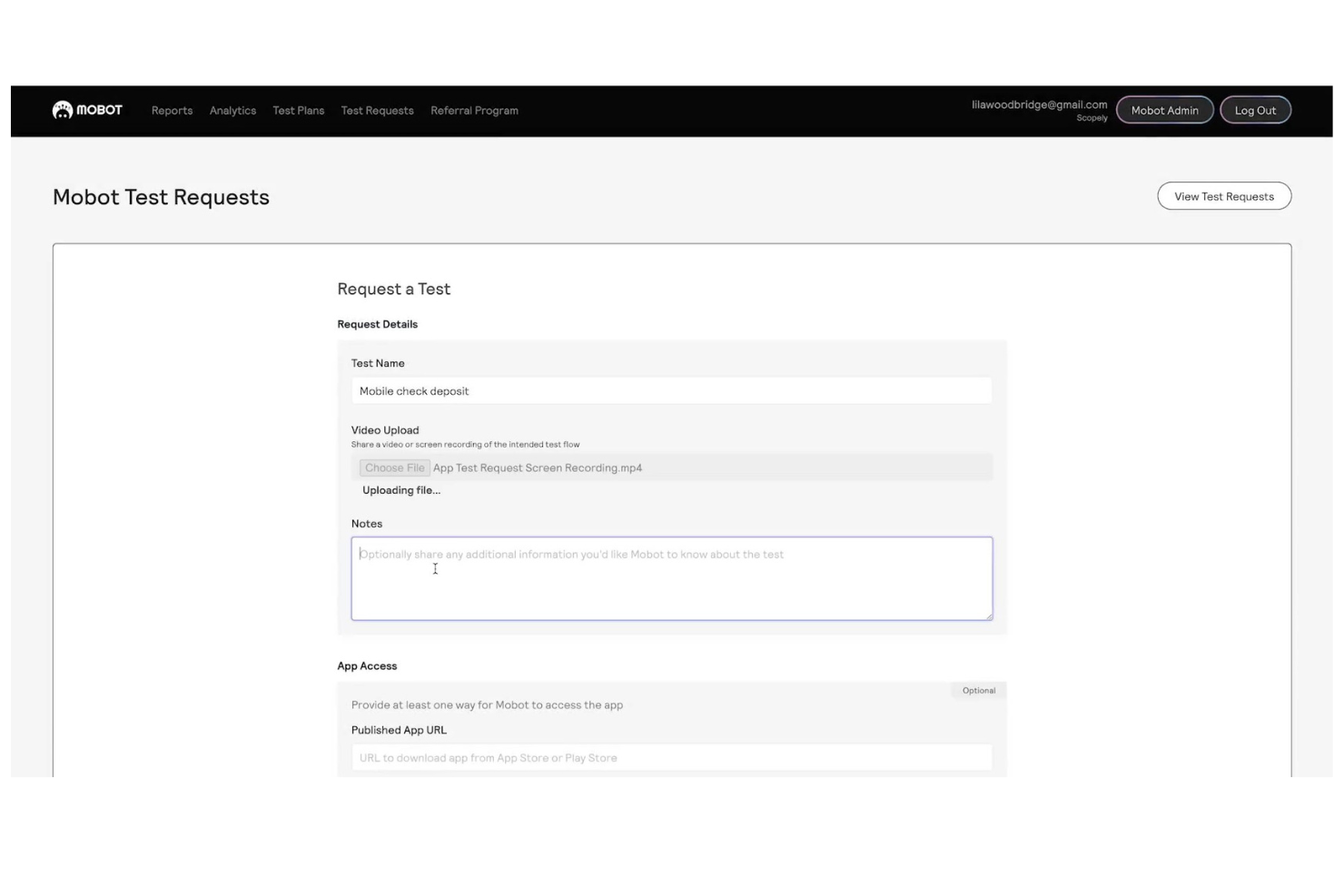10 Best Android Testing Tools Shortlist
Here's my pick of the 10 best software from the 20 tools reviewed.
Our one-on-one guidance will help you find the perfect fit.
With so many different Android testing tools available, figuring out which is right for you is tough. You know you want to ensure that your applications run smoothly and efficiently on the Android platform but need to figure out which tool is best. I've got you! In this post I'll help make your choice easy, sharing my personal experiences using dozens of different Android testing software with various teams and projects, with my picks of the best Android testing tools.
What Are Android Testing Tools?
Android testing tools are specialized software and frameworks used for testing Android mobile applications. These tools enable developers to perform various types of tests, such as functionality, performance, usability, and compatibility tests, to ensure that Android apps function correctly across different devices and versions of the Android operating system.
The benefits of Android testing tools include improved quality and reliability of Android apps, as they help identify and fix issues before the app is released. They enhance the efficiency of the development process by automating repetitive testing tasks, allowing for quicker iterations and deployments. These tools also ensure that apps provide a good user experience across a wide range of Android devices, which is crucial for user satisfaction and the success of the app in the competitive mobile app market. Additionally, they help in reducing the long-term costs associated with app maintenance and updates by catching issues early in the development cycle.
Overviews Of The 10 Best Android Testing Tools
Here’s a brief description of each Android testing tool to showcase each one’s best use case, some noteworthy features, screenshots, and pricing information.
New Relic is an observability platform that provides users with the ability to monitor, debug, and improve their software and infrastructure.
Why I picked New Relic: I selected New Relic for android testing due to its comprehensive full-stack observability, which encompasses over 30 capabilities and more than 700 integrations, along with AI-powered monitoring. This tool distinguishes itself by offering a holistic view of an application's performance and user experience, which is crucial for managing complex, distributed systems.
New Relic Standout Features & Integrations
Features include the software's newly-implemented interactive application security testing (IAST) capabilities. The tool helps you spot and fix high-risk errors and vulnerabilities during the development process. By using the tool, you can troubleshoot issues in your code more quickly and ship more secure, well-tested products.
Integrations include over 700 apps, including AWS, Google Cloud, Microsoft Azure, Jenkins, CircleCI, Travis CI, and Slack. It also has an API you can use to build custom integrations.
Pros and cons
Pros:
- Integrates seamlessly with popular dev tools
- Wide range of monitoring capabilities
- AI-powered anomaly detection and intelligent alerting
Cons:
- Added complexity from reliance on agents installed on application servers
- Has a bit of a learning curve
Tricentis Testim Mobile is a continuous testing platform designed to improve the speed, quality, and performance of software while simultaneously reducing costs. It's a part of the Tricentis suite of testing tools and is specifically geared towards mobile applications.
Why I picked Tricentis Testim Mobile: I selected Tricentis as an Android testing tool due to its comprehensive suite of automated software testing tools designed for flexibility, scalability, and efficiency. This selection was based on the tool's capabilities, which include Test Automation Tosca for enterprise testing, Testim for web apps, qTest for test management, and Testim Mobile for mobile testing.
Tricentis Testim Mobile Standout Features and Integrations
Features include test automation for various applications, test management, mobile testing, performance testing, and data and change intelligence. The platform can scale to provide codeless options for non-technical users, leveraging advanced machine learning and AI for efficient testing. In addition to these features, Tricentis also offers specific software testing solutions such as NeoLoad for performance testing, Data Integrity for ensuring data quality, and LiveCompare for AI-powered analytics.
Integrations include Bamboo, Azure DevOps, Circle CI, Jenkins, GitHub, Saucelabs, LambdaTest, and Bitbucket. If you cannot find the app you are looking for, you can also use its REST API to build custom integrations with your tech stack.
Pros and cons
Pros:
- Helpful support team
- Free plan available
- Offers plenty of integrations
Cons:
- Increased test complexity limits no-code options
- Paid plan pricing may be high for some organizations
Testsigma is an open-source testing framework that allows you and your team to automate tests for web apps, mobile apps and APIs.
Why I picked Testsigma: Testsigma uses AI and machine learning algorithms to help identify the most critical test cases and optimize testing efforts. The AI algorithms can analyze your application under test and identify the most critical test cases so you are able to prioritize testing efforts. This helps ensure that your testing efforts are focused on the most important areas of the application.
Testsigma provides a codeless automation environment, which means that testers with little to no coding experience can still create automated tests. This opens up the possibility for anyone on your team to execute test runs, and generate results for analysis.
Testsigma Standout Features and Integrations
Features include cross-browser testing, continuous testing, AI-powered testing, codeless automation, and a centralized platform for collaboration.
Integrations include BrowserStack, Sauce Labs, Slack, Microsoft Teams, JIRA, Trello, Asana, Jenkins, Bamboo, and CircleCI.
Pros and cons
Pros:
- Cross-browser and platform capabilities
- No coding experience required
- Intuitive user interface
Cons:
- Limited programming language support
Kobiton is an automation testing framework that offers a range of features for mobile app testing and development.
Why I picked Kobiton: Kobiton provides a collaboration feature, which allows your team to work together on projects in real-time, providing a platform for seamless communication and collaboration. This feature helps your team to stay organized, track progress, and work more efficiently. Kobiton is one of best mobile application testing tools for collaboration
In addition to the collaboration feature, Kobiton offers a device lab management system that allows you to manage and access a wide range of mobile devices for testing purposes. This feature allows developers and testers to test their apps on real devices, ensuring that their apps function properly across various devices and operating systems.
Kobiton Standout Features and Integrations
Features include device lab management, real device testing, manual testing, test automation and analytics.
Integrations include JIRA, Slack, GitHub, CircleCI, Jenkins and Zapier
Kobiton starts at $75 per month and a 14-day free trial and free demo are available.
Pros and cons
Pros:
- Supports Appium testing framework
- Supports team collaboration
- Provides integrations with DevOps and project management platforms
Cons:
- Complicated to configure
Mobot is a feel of mobile robots designed for a wide range of applications, typically characterized by autonomous or semi-autonomous movement capabilities and the ability to perform tasks in various environments. They can point, click, drag, and eliminate the need for costly and time-consuming manual tests across different devices.
Why I Picked Mobot: Mobot is an ideal choice for teams that are spending a lot of their time doing manual testing on physical devices. It is full-service and can handle unautomatable tests with their mechanical robots, including deep linking, payment flows, two-factor authentication, and more.
Their team and robot fleet fully manage all aspects of testing from execution to documentation, reporting, and more. Mobot can automatically open JIRA tickets and send slack pings with ADB logs, screenshots, and reproducible steps for all bugs and abnormalities found during testing.
Its precision and consistency make it an excellent tool for regression testing, compatibility testing across multiple Android device models, and load testing to assess app performance under different conditions. Its ability to operate 24/7 ensures continuous testing and rapid feedback, contributing to the overall quality and reliability of Android applications.
Mobot Standout Features and Integrations
Features include a fleet of mechanical robots that use computer vision to execute your test cases, no-code setup, access to 200+ physical devices, native and cross-platform mobile app testing, replicate physical device testing, automated testing, and the ability to use video instructions to design tests.
Integrations include Slack, JIRA, and TestRail.
Pros and cons
Pros:
- Can handle multi-device interactions (messaging, push notifications)
- Can mimic physical device interactions: swipes, clicks, turns
- Record a video of the test you'd like to run to implement it
Cons:
- Tests setup within 24-48 hours (their team must manually do this)
- Few native integrations currently
MonkeyRunner is an Android testing tool that provides an API for writing Android programs and emulators from outside of Android code.
Why I picked MonkeyRunner: MonkeyRunner allows you to develop a system of Python based modules for controlling Android devices due to the tool being an API kit. The tool also allows you to use standard Python subprocess modules to call Android tools. MonkeyRunner also provides multiple device control, allowing you to test across multiple devices and emulators.
MonkeyRunner provides capabilities for regression and functional testing purposes. The tool allows you to automate your test cases, with output screenshots and the ability to provide input values with key strokes and touch events.
MonkeyRunner Standout Features and Integrations
Features include Mobile Forms Automation, Localization, Web Accessibility and Configurable Test Suite.
Integrations include none mentioned, and Zapier doesn’t mention any.
MonkeyRunner is open source and free to use.
Pros and cons
Pros:
- Emulators available for testing
- Source code available on website
- Provides cross device capabilities
Cons:
- Features limited to regression and functional testing
Espresso is an open source testing framework for Android applications that allows developers to write automated UI tests for their apps.
Why I picked Espresso: Espresso boasts a comprehensive test suite, ensuring all your testing needs are met in one place. Within this suite, Espresso makes it easy for you to write UI tests that interact with app components like buttons, text fields, and menus, and automatically waits for the app to become idle before performing any action, ensuring that the UI state is stable and consistent.
Espresso is a humble application that can benefit all developers from any background, but is particularly beneficial to freelance developers or a developer working on their own due to the variety of debugging tools available. The tool also supports a wide range of use cases, including testing individual components, full app flows, and complex user interactions.
Espresso Standout Features and Integrations
Features include automated UI testing, synchronization and debugging tools.
Integrations include JUnit, Android Test Orchestrator, Dagger, Mockito and Gradle
Espresso is free to use.
Pros and cons
Pros:
- Easy to set up and use
- Provides reliable test results
- Provides fast execution
Cons:
- Limited cross-platform support
Robotium is an open-source test automation framework designed specifically for Android app testing.
Why I picked Robotium: One of Robotium’s strongest features is its support for both black-box and white-box testing. Black-box testing involves testing an application without any knowledge of its internal workings, while white-box testing involves testing an application with full knowledge of its internal workings. Robotium allows you to choose the type of testing you want to perform, depending on your needs and expertise.
Robotium is one of the more simple Android testing tools to configure, and is known for it’s ease of use, making it a good choice for beginners. It provides simple and intuitive APIs that allow testers to write test cases quickly and easily.
Robotium Standout Features and Integrations
Features include testing suite that supports multiple types of testing practices and scenarios, playback and reporting features, synchronization features and cross-device testing capabilities.
Integrations include Android Studio, Jenkins, Appium, Selendroid, TestNG and Gradle
Robotium is free to use.
Pros and cons
Pros:
- Supports all Android versions
- Supports multiple programming languages
- Supports complex user interfaces
Cons:
- Limited documentation and tutorials
Calabash is an open source cross-platform mobile testing framework that allows developers to write and execute automated acceptance tests for native and hybrid mobile applications.
Why I picked Calabash: One of the best features of Calabash is the cross-platform support, as this allows you to write tests once and execute them on multiple mobile devices and platforms. This feature can significantly reduce the time and effort required for testing mobile applications, eliminating the need to write separate tests for each platform.
Calabash is built on the principles of BDD, allowing you to write test scenarios in natural language that can be easily understood by all stakeholders. This makes it easier for you to communicate with other team members, such as business analysts and product owners, to ensure that everyone is working towards the same goal.
Calabash Standout Features and Integrations
Features include multiple language support, comprehensive test coverage, support for both native and hybrid apps, and continuous integration.
Integrations include Cucumber, Appium, Jenkins, Sauce Labs, Xamarin Test Cloud and CircleCI
Free Calabash is free to use.
Pros and cons
Pros:
- Comprehensive test coverage
- Easy to use
- Strong community support
Cons:
- Maintenance required for test scripts
Ranorex is a test automation tool used for testing desktop, web, and mobile applications.
Why I picked Ranorex: Ranorex provides the ability to automate testing across different platforms and technologies, including web applications, desktop applications, and mobile applications, and it supports a wide range of technologies and platforms, including Java, .NET, HTML5, and Android apps and iOS apps. This allows you to improve your test execution practices, and allows you to carry out continuous testing to improve the efficiency of your team and application lifecycle.
Ranorex provides a powerful object repository that allows testers to easily create and manage test objects. This makes it easy to create reusable tests and automate repetitive tasks. The tool offers a seamless app automation experience, whether you are working with Windows, Apple or Linux.
Ranorex Standout Features and Integrations
Features include a record-and-replay feature, full development environment, machine-trained object detection, test healing, video reporting of test execution, and customizable test results reporting.
Integrations include HP ALM, Microsoft TFS, JIRA, Git, SVN, Jenkins, Bamboo, and TeamCity
Ranorex provides customized pricing upon request and offers a free trial.
Pros and cons
Pros:
- Intuitive user interface
- Comprehensive customer support
- Codeless test creation
Cons:
- Limited open-source support
The 10 Best Android Testing Tools Summary
| Tools | Price | |
|---|---|---|
| New Relic | From $25/user/month (billed annually) | Website |
| Tricentis Testim Mobile | From $450/month | Website |
| Testsigma | From $399/Monthly | Website |
| Kobiton | From $75/month | Website |
| Mobot | $1,500/month/action (tap, swipe, click, etc.) | Website |
| MonkeyRunner | Open source and free | Website |
| Espresso | Free to use | Website |
| Robotium | Free to use | Website |
| Calabash | Free to use | Website |
| Ranorex | $3590/year | Website |
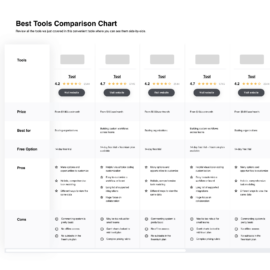
Compare Software Specs Side by Side
Use our comparison chart to review and evaluate software specs side-by-side.
Compare SoftwareOther Options
Here are a few more options that didn’t make the best android testing tools list:
- Selendroid
For identifying UI elements when testing an application
- Android Studio
For a comprehensive integrated environment
- Detox
For performing mobile app tests in both Android and iOS
- Appium
For automating testing practices for mobile applications
- Waldo
For a no-code testing experience
- Katalon Studio
Comprehensive automation testing tool that simplifies the process of creating and executing automated tests for web and mobile applications
- BrowserStack
Cloud-based testing platform that allows developers to perform live interactive testing
- testRigor
AI-powered test automation tool that uses machine learning algorithms to generate and execute test cases automatically
- UI Automator
Open-source testing framework that allows developers to write automated tests for Android applications by interacting with the application's user interface elements
- TestComplete
Supports testing for a range of platforms, including web, desktop, and mobile applications
How I Selected The Best Android Testing Tools
Perhaps you're wondering how I selected the best Android testing tools for this list? To build this top 10 list, I evaluated and compared a wide range of Android testing tools with positive user ratings.
After determining my long list of top choices, I further honed my list by using the selection criteria below to see how each platform stacked up against the next one. I also drew on my years of QA experience to pinpoint the features that add a lot of value.
Selection Criteria
Here’s a short summary of the main selection and evaluation criteria I used to develop my list of the best Android testing tools for this article:
Usability:
Do they provide a variety of features? Do they offer automated testing and manual testing solutions for Android applications?
Programming Languages:
Does the tool support a variety of programming languages so any member of the team is able to set up testing environments and execute test runs?
Software Integrations:
Does the tool provide integrations with other software such as defect tracking platforms, and backlog management tools?
Pricing:
Does the tool provide enough features and cost effective solutions for your testing needs?
People Also Ask
Does The Tool Support All Versions Of Android?
Most if not all tools support the most recent Android versions, however there are very few that support older versions. In this article, there are some tools listed that support all versions of Android, so if you need your application to run on any Android smartphone, check them out above.
What are the Key Features of Android Testing Tools?
Android testing tools are designed to help developers and testers ensure that their Android applications function correctly. Here are several key features of an Android testing tool:
- Real Devices Testing: Android testing tools allow you to test your mobile applications on a wide range of devices with different screen sizes, hardware specifications, and software versions.
- UI Testing: UI testing allows you to test the entire user flow of an application, from the moment the user opens the application to when they exit it.
- Mobile Test Automation: Android testing tools provide a range of automated testing options, such as unit tests, integration tests, and UI tests. These tests can be run quickly and repeatedly, helping to catch bugs and errors early in the development process.
- Performance Testing: Android testing tools allow you to test the performance of your applications under various conditions, such as high traffic and low network connectivity.
- Test Reporting: Android testing tools provide detailed reports that help you track your progress, identify bugs and identify areas for improvement. These reports can be used to analyze test results, identify patterns, and to improve and optimize testing strategies.
- Integration with development tools: Android testing tools can be easily integrated with development tools like Android Studio and Jenkins, making it easy for developers to incorporate testing into their existing workflows.
What Other Application Testing Tools Should I Use?
If your testing needs also lie outside of Android testing, check out some other resources that incorporate testing needs:
Put Your Android App Through the Wringer!
Android testing tools are crucial for ensuring the quality and usability of Android applications, and developers, testers and mission teams should choose the tool that best suits their needs based on the type of testing they want to perform. In addition, using a combination of different testing tools can help ensure comprehensive testing and improve the overall quality of an Android application.
Subscribe to the QA Lead newsletter for more tool reviews, thought leadership, and industry news.

